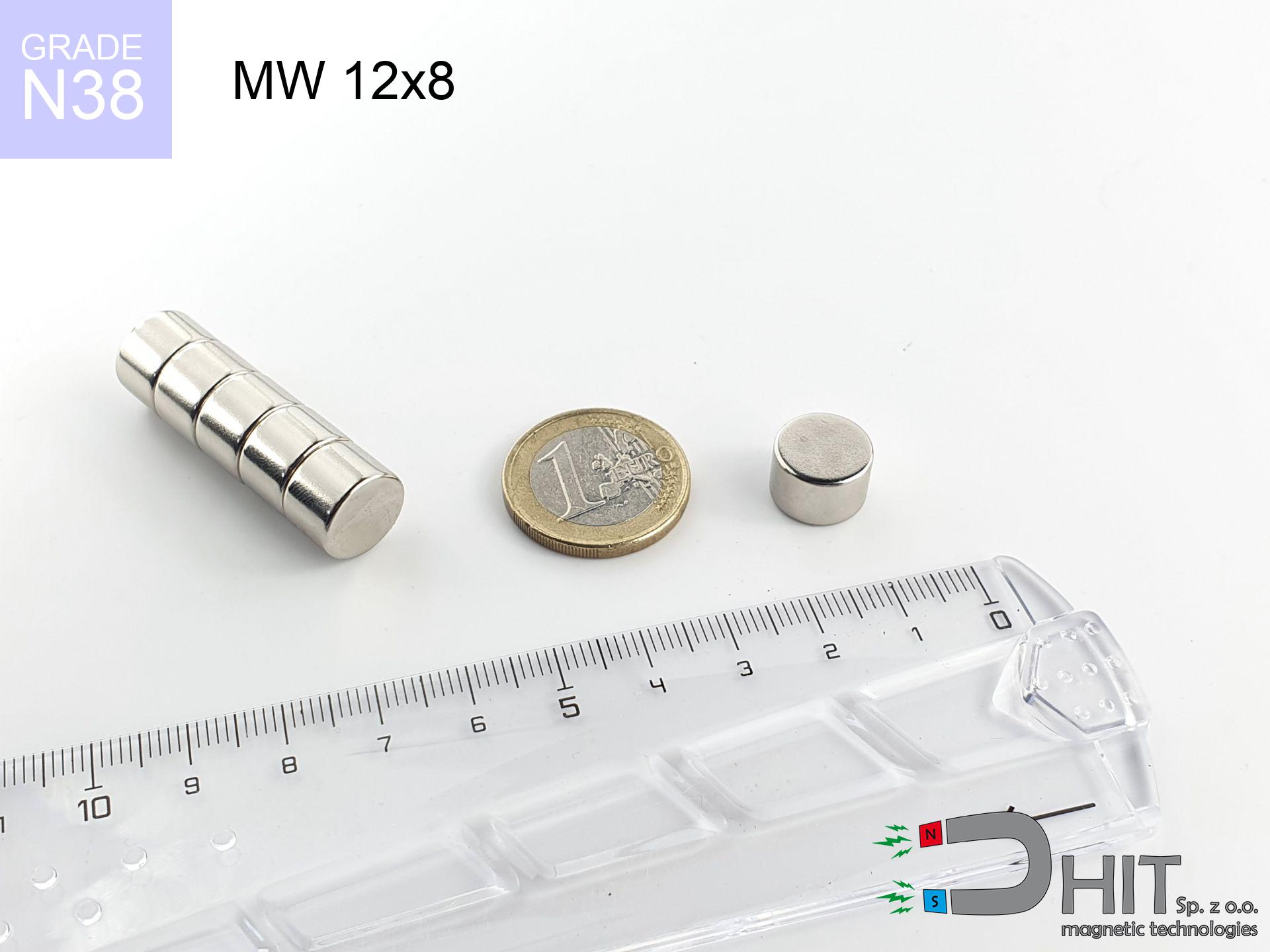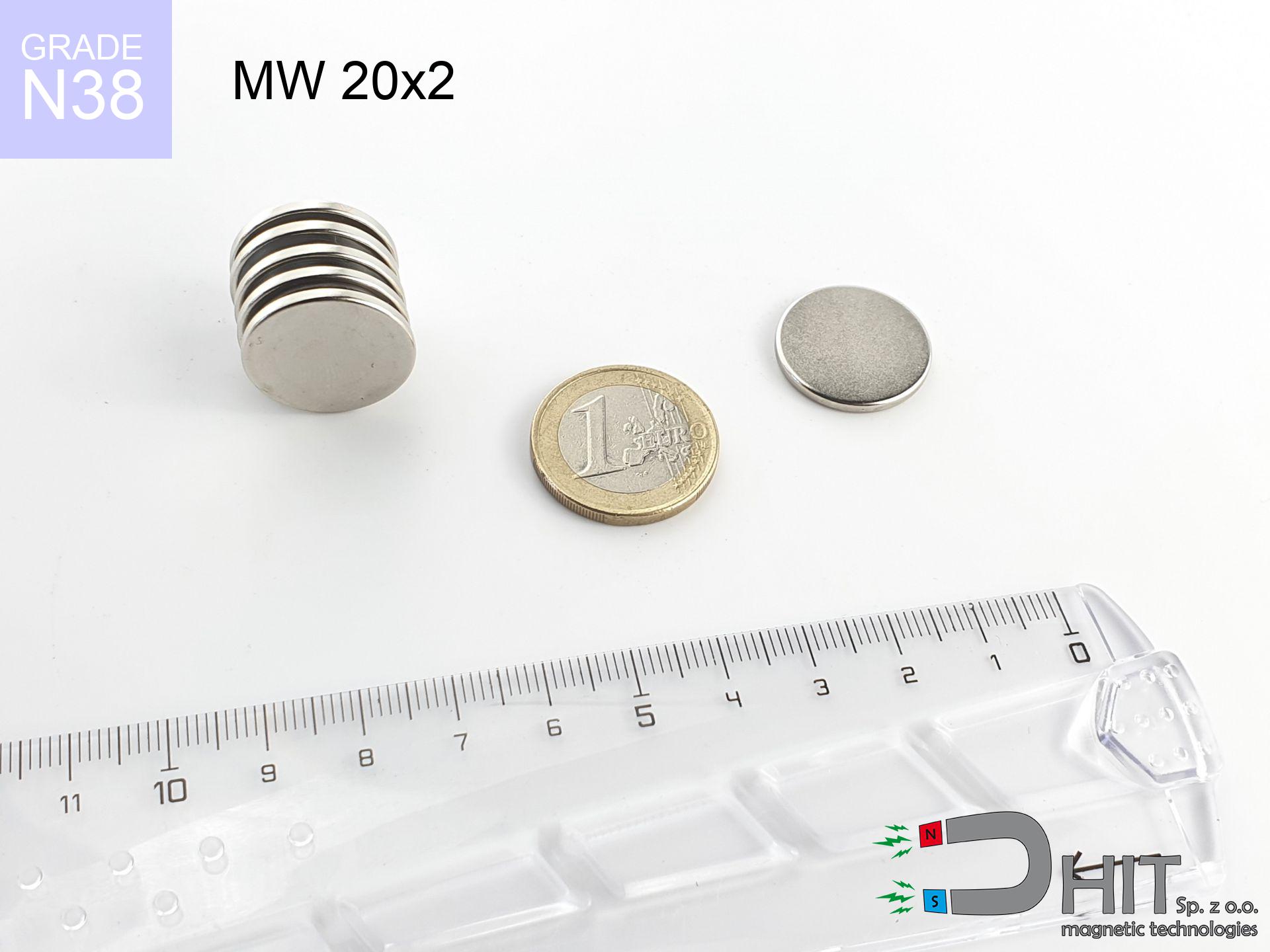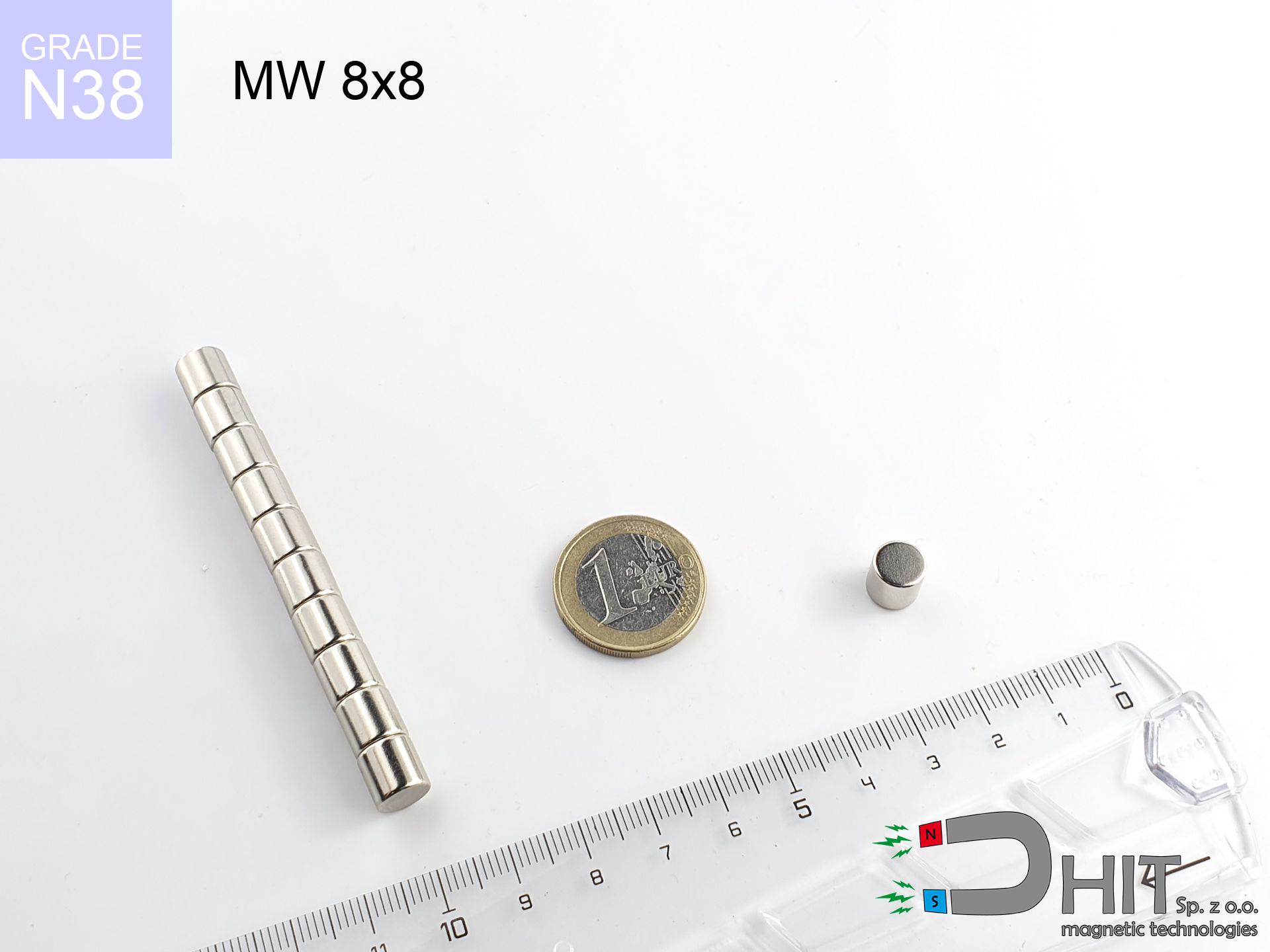BM 320x180x70 [4x M8] - magnetic beam
magnetic beam
Catalog no 090217
GTIN/EAN: 5906301812524
length
320 mm [±1 mm]
Width
180 mm [±1 mm]
Height
70 mm [±1 mm]
Weight
20550 g
3635.14 ZŁ with VAT / pcs + price for transport
2955.40 ZŁ net + 23% VAT / pcs
bulk discounts:
Need more?
Call us now
+48 888 99 98 98
or let us know through
contact form
through our site.
Force and shape of a neodymium magnet can be tested using our
magnetic calculator.
Same-day shipping for orders placed before 14:00.
Technical data - BM 320x180x70 [4x M8] - magnetic beam
Specification / characteristics - BM 320x180x70 [4x M8] - magnetic beam
| properties | values |
|---|---|
| Cat. no. | 090217 |
| GTIN/EAN | 5906301812524 |
| Production/Distribution | Dhit sp. z o.o. |
| Country of origin | Poland / China / Germany |
| Customs code | 85059029 |
| length | 320 mm [±1 mm] |
| Width | 180 mm [±1 mm] |
| Height | 70 mm [±1 mm] |
| Weight | 20550 g |
| Manufacturing Tolerance | ±1 mm |
Physical properties of sintered neodymium magnets Nd2Fe14B at 20°C
| properties | values | units |
|---|---|---|
| Vickers hardness | ≥550 | Hv |
| Density | ≥7.4 | g/cm3 |
| Curie Temperature TC | 312 - 380 | °C |
| Curie Temperature TF | 593 - 716 | °F |
| Specific resistance | 150 | μΩ⋅cm |
| Bending strength | 250 | MPa |
| Compressive strength | 1000~1100 | MPa |
| Thermal expansion parallel (∥) to orientation (M) | (3-4) x 10-6 | °C-1 |
| Thermal expansion perpendicular (⊥) to orientation (M) | -(1-3) x 10-6 | °C-1 |
| Young's modulus | 1.7 x 104 | kg/mm² |
Chemical composition
| iron (Fe) | 64% – 68% |
| neodymium (Nd) | 29% – 32% |
| boron (B) | 1.1% – 1.2% |
| dysprosium (Dy) | 0.5% – 2.0% |
| coating (Ni-Cu-Ni) | < 0.05% |
Sustainability
| recyclability (EoL) | 100% |
| recycled raw materials | ~10% (pre-cons) |
| carbon footprint | low / zredukowany |
| waste code (EWC) | 16 02 16 |
Other deals
Pros as well as cons of Nd2Fe14B magnets.
Pros
- They do not lose strength, even over approximately 10 years – the reduction in lifting capacity is only ~1% (theoretically),
- They possess excellent resistance to magnetism drop due to external fields,
- The use of an metallic layer of noble metals (nickel, gold, silver) causes the element to look better,
- Magnets are characterized by excellent magnetic induction on the working surface,
- Thanks to resistance to high temperature, they are capable of working (depending on the shape) even at temperatures up to 230°C and higher...
- Possibility of precise forming as well as adapting to concrete conditions,
- Key role in electronics industry – they serve a role in data components, brushless drives, precision medical tools, as well as other advanced devices.
- Relatively small size with high pulling force – neodymium magnets offer high power in compact dimensions, which enables their usage in compact constructions
Weaknesses
- They are prone to damage upon heavy impacts. To avoid cracks, it is worth securing magnets in a protective case. Such protection not only protects the magnet but also improves its resistance to damage
- When exposed to high temperature, neodymium magnets experience a drop in power. Often, when the temperature exceeds 80°C, their strength decreases (depending on the size, as well as shape of the magnet). For those who need magnets for extreme conditions, we offer [AH] versions withstanding up to 230°C
- Due to the susceptibility of magnets to corrosion in a humid environment, we suggest using waterproof magnets made of rubber, plastic or other material immune to moisture, in case of application outdoors
- Due to limitations in producing nuts and complicated forms in magnets, we propose using a housing - magnetic mechanism.
- Health risk resulting from small fragments of magnets can be dangerous, in case of ingestion, which becomes key in the context of child safety. It is also worth noting that small components of these devices can disrupt the diagnostic process medical when they are in the body.
- With large orders the cost of neodymium magnets is a challenge,
Pull force analysis
Maximum magnetic pulling force – what it depends on?
- on a base made of mild steel, perfectly concentrating the magnetic field
- whose thickness equals approx. 10 mm
- characterized by even structure
- under conditions of ideal adhesion (surface-to-surface)
- under perpendicular force direction (90-degree angle)
- in temp. approx. 20°C
Practical lifting capacity: influencing factors
- Distance – existence of foreign body (rust, tape, gap) interrupts the magnetic circuit, which lowers power steeply (even by 50% at 0.5 mm).
- Direction of force – maximum parameter is obtained only during pulling at a 90° angle. The force required to slide of the magnet along the surface is standardly several times lower (approx. 1/5 of the lifting capacity).
- Steel thickness – too thin plate does not accept the full field, causing part of the flux to be escaped to the other side.
- Steel grade – ideal substrate is pure iron steel. Stainless steels may attract less.
- Surface finish – ideal contact is possible only on smooth steel. Rough texture reduce the real contact area, weakening the magnet.
- Thermal environment – temperature increase results in weakening of force. It is worth remembering the thermal limit for a given model.
Holding force was checked on the plate surface of 20 mm thickness, when the force acted perpendicularly, whereas under shearing force the load capacity is reduced by as much as fivefold. In addition, even a slight gap between the magnet and the plate lowers the load capacity.
Precautions when working with neodymium magnets
Allergic reactions
Studies show that nickel (standard magnet coating) is a strong allergen. If your skin reacts to metals, prevent direct skin contact and select coated magnets.
Health Danger
Health Alert: Neodymium magnets can turn off pacemakers and defibrillators. Stay away if you have electronic implants.
Power loss in heat
Watch the temperature. Exposing the magnet to high heat will permanently weaken its magnetic structure and strength.
Conscious usage
Handle with care. Rare earth magnets attract from a distance and snap with massive power, often faster than you can move away.
Flammability
Combustion risk: Neodymium dust is highly flammable. Avoid machining magnets without safety gear as this risks ignition.
Beware of splinters
NdFeB magnets are sintered ceramics, which means they are fragile like glass. Clashing of two magnets will cause them breaking into shards.
Threat to navigation
Note: neodymium magnets generate a field that confuses sensitive sensors. Maintain a separation from your phone, device, and GPS.
Bone fractures
Protect your hands. Two large magnets will snap together immediately with a force of massive weight, destroying everything in their path. Be careful!
Electronic hazard
Equipment safety: Neodymium magnets can ruin payment cards and delicate electronics (pacemakers, medical aids, timepieces).
No play value
NdFeB magnets are not intended for children. Swallowing multiple magnets can lead to them connecting inside the digestive tract, which constitutes a direct threat to life and necessitates immediate surgery.

![Magnetic beam (separator) BM 320x180x70 [4x M8] Magnetic beam (separator) BM 320x180x70 [4x M8]](https://cdn3.dhit.pl/graphics/banners/magnet.webp)
![BM 320x180x70 [4x M8] - magnetic beam](https://cdn3.dhit.pl/graphics/products/bm-320x180x70-4x-m8-rar.jpg)
![BM 320x180x70 [4x M8] - magnetic beam - ujęcie 2](https://cdn3.dhit.pl/graphics/products/bm-320x180x70-4x-m8-par.jpg)





